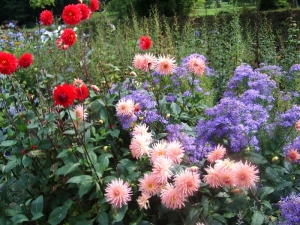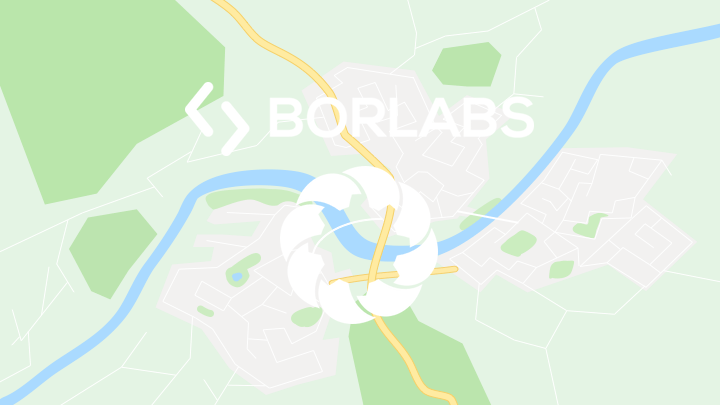Forde Abbey, four miles south east of Chard, offers a fascinating history, a stately home full of rare treasures and, above all, one of the oldest and finest gardens in the south west of England. The abbey is particularly famed for its massive walled kitchen garden, full of colourful flowers, interesting vegetables and tender fruits like apricots growing against the shelter of the old walls.
As the camellias, Chinese witch hazel and cyclamen of late winter fade, ten acres of snowdrops burst into life, to be overtaken by a stunning display of daffodils in March.
There are many beautiful statues waiting to be discovered in the grounds, including a bronze stallion rearing over the lawns and a beautiful statue of Leda and the Swan in the mermaid pool.
Forde Abbey, four miles south east of Chard, offers a fascinating history, a stately home full of rare treasures and, above all, one of the oldest and finest gardens in the south west of England.
The abbey was founded in 1141 when a noblewoman called Adelicia FitzBaldwin took pity on a group of homeless Cistercian monks and granted them lands to build a monastic community. The monks began to build their new abbey by the side of the River Axe, and took its name from a ford on the river. From these humble beginnings, Forde Abbey grew into one of the richest and most learned monastic communities in Norman England. Many important historical characters emerged from its cloisters, among them Baldwin, the third abbot, who succeeded Thomas Becket as Archbishop of Canterbury and died fighting with Richard the Lionheart on the third crusade.
However, in the following centuries, Forde Abbey suffered several reverses of fortune. By the fourteenth century, it had fallen into ruin. Thomas Chard, who was abbot from 1521, fought to revive it, building the great hall and the gothic façade, but then Henry VIII’s dissolution of the monasteries left it neglected once more. Then, in 1649, Sir Edmund Prideux, Oliver Cromwell’s Attorney General, bought the abbey and used his wealth to make it into a country manor. He created a seventeenth century house that mixed elements of baroque and monastic design and the house has hardly changed from that day to this. By the beginning of the twentieth century, the house was in the hands of the Roper family, who opened it to visitors.
Today, visitors to the house will find that most of the seventeenth century furniture remains and there are no rope boundaries restricting access to rooms. Among the abbey’s greatest treasures are the Mortlake Tapestries, wall hangings based on Raphael’s original sketches for the Sistine Chapel. These tapestries were brought over from Brussels by Charles I and then presented by Queen Anne to the owner of Forde Abbey, Frances Gwyn, for his services as Secretary of War. The abbey is in now in great demand for weddings and the remarkable acoustics of the Great Hall make it a popular venue for recordings. The abbey starred in a film when German film-makers chose it as the background for “Half The World Away”, based on a novel by the famous west-country author, Rosamunde Pilcher. But it is the gardens, carefully designed to offer something new for every season of the year, which draw visitors to Forde Abbey again and again.
The development of the gardens started at the beginning of the eighteenth century, when the thirty acres of monastic gardens were made into a pioneer landscaped garden. The “Great Pond” used by the monks was made into a long chain of pools and the monks’ quarry became a rockery. Over the years, the land the monks farmed has been developed into extensive gardens, featuring sloping lawns, herbaceous borders, lakes and an arboretum. There are many beautiful statues waiting to be discovered in the grounds, including a bronze stallion rearing over the lawns and a beautiful statue of Leda and the Swan in the mermaid pool. One of the unusual features of the garden is a leafy hide, called the Beech House, from which a wide variety of local and visiting birds can be observed.
The abbey is particularly famed for its massive walled kitchen garden, full of colourful flowers, interesting vegetables and tender fruits like apricots growing against the shelter of the old walls. The kitchen garden is very much in use, providing a range of vegetables from fennel and celeriac to spinach and drumhead cabbage which are in demand from the abbey’s chefs. The garden also provides flowers for cutting, such as sweet peas, delphiniums, dahlias and roses.
Careful planting ensures that there are delights for plant-lovers all year round at Forde Abbey. As the camellias, Chinese witch hazel and cyclamen of late winter fade, ten acres of snowdrops burst into life, to be overtaken by a stunning display of daffodils in March. The garden’s many species of magnolias (including Magnolia Stalata, Magnolia Sargentiana Robusta and Magnolia Kobus) stay in flower throughout the spring, to be joined by blooming azaleas and rhododendrons as spring turns to summer. As summer comes, the wisteria growing on the abbey comes into bloom, and the bog garden comes to life with a display of primroses and iris. The rock garden displays its Himalayan blue poppies, varieties of summer heaths and naturalized lilies. As autumn comes, the arboretum comes into its own, as red maples, Turkish hazel, black tupelos and northern red oaks display a stunning range of yellow, red and gold as the season draws to an end.
There is something for everyone at Forde Abbey. Whether you are interested in the fascinating history of the abbey itself, or the range of rare and unusual plants to be found in the grounds, or just want to sit and enjoy the peace of its beautiful sloping lawns and lakes, this is a place well worth a visit.
Forde Abbey
Chard
Somerset, England
TA20 4LU
Telephone: 01460 220231
E-Mail: info@fordeabbey.co.uk
Web Site: http://www.fordeabbey.co.uk/








